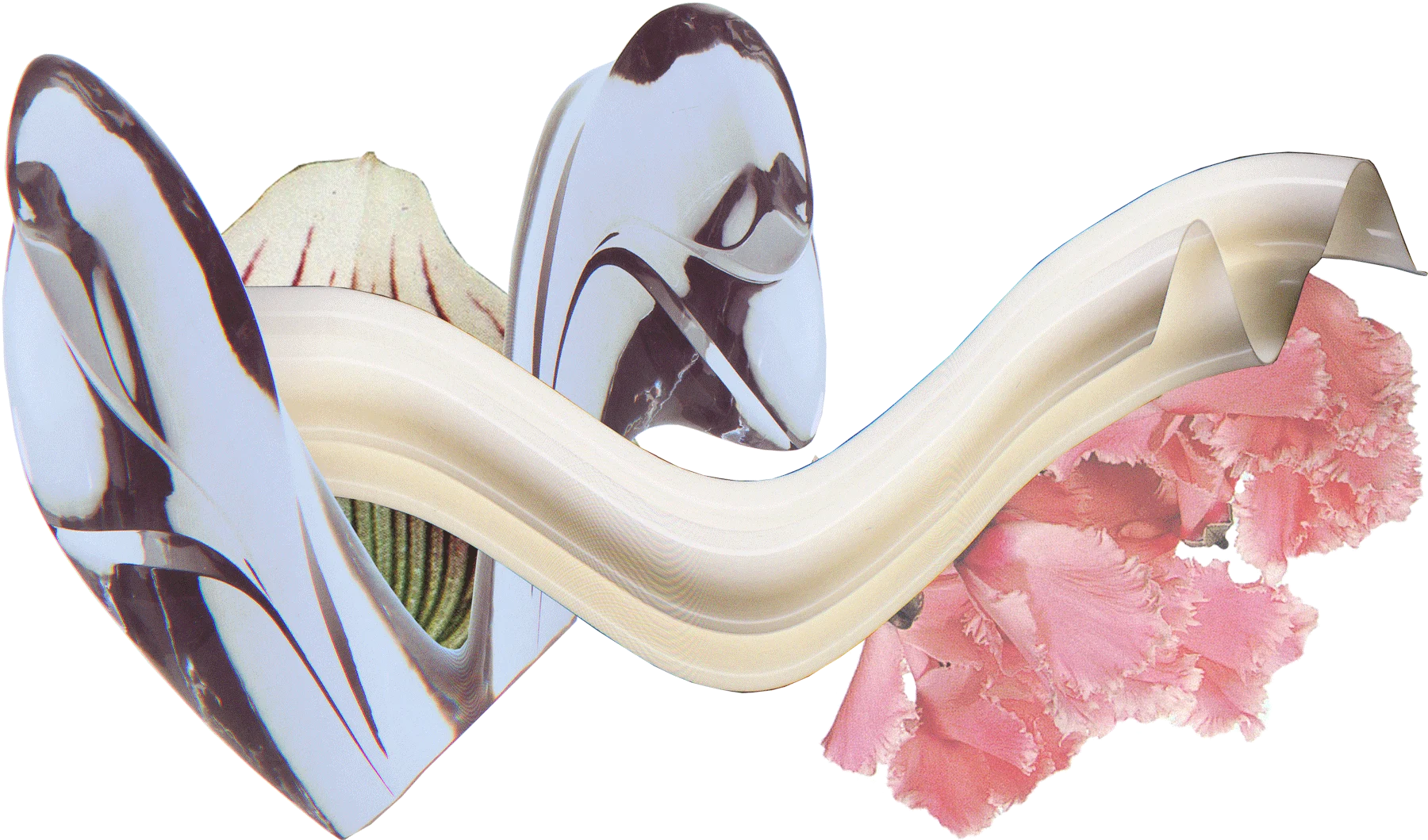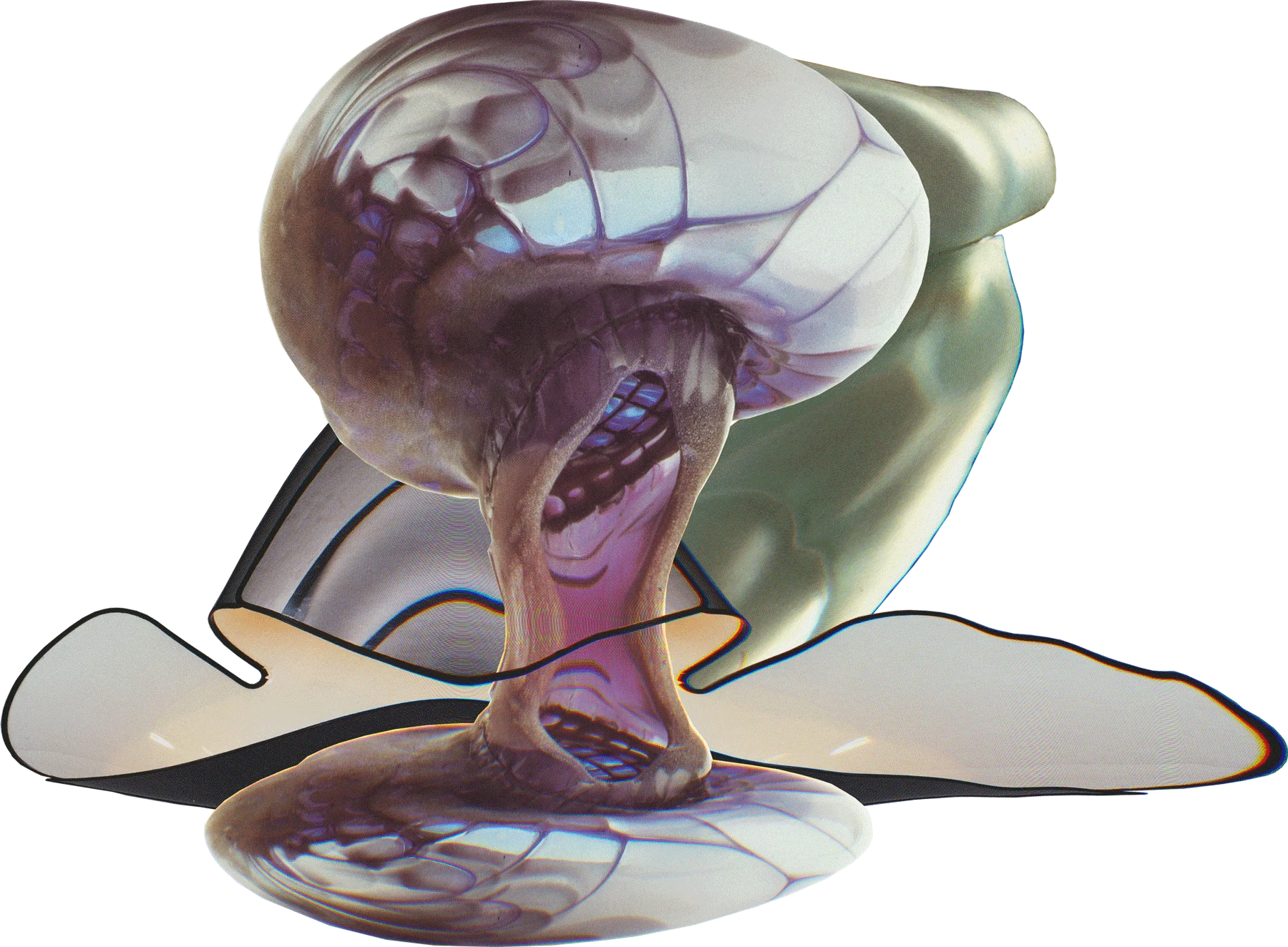

In 2017, while he was studying at the Rhode Island School of Design, the artist Lee Pivnik founded the Institute of Queer Ecology, a collaborative, decentralized collective of artists, activists and scientists whose work advocates for and imagines an equitable multispecies future. The Institute’s work involves taking the science of ecology, which examines the relationships between living organisms – including humans – and their physical environment, and viewing it through the lens of queer, feminist and decolonial theory.
This is exemplified and explored through multidisciplinary artistic practices, production and research, all of which attempts to unpick and dismantle humanity’s sense of supremacy over nature and environment. Ultimately, by imagining, and advocating for, a world where there is a sense of community and cooperation between species, we will find and create alternative solutions to environmental degradation and the climate crisis. Words and interview by Alim Kheraj.
Collages by Fenna Schilling.
“While I was studying at the Rhode Island School of Design, I had a constant anxiety that the sculptures that I was making were purely about something and not actively solving something or doing any good in the world. They were dealing with various environmental themes, but at the end of the day they were just beautiful objects that sit in rooms that are not accessed by that many people, especially people who don’t have the privilege to go and look at a show of contemporary sculpture. It felt like I was preaching to the choir in a lot of ways. I was getting more and more dissatisfied with it and I just stopped making things altogether. I was stuck. I didn’t know what the point was anymore, except that I loved doing it. But there was this incongruous nature of what the pieces were trying to say and what they could accomplish as objects.

I started reassessing what I wanted to do with this broad training I had. I had also been reading a book by Canadian biologist and author Bruce Bagemihl, called Biological Exuberance, which looks at something like 500 examples of scientific observations into other species that have exhibited some kind of queer behavior. It wasn’t mapping queer identity on to them, but looking at examples of, like, two female seagulls raising a chick together. I was taken aback at how there was this way to see the natural world as more inherently queer than it has always been taught to me. Can you actually find community outside of your species in a way that both broadens your own identity and also starts to create a larger alliance towards environmental issues?
I was taken aback at how there was this way to see the natural world as more inherently queer than it has always been taught to me.

At the core of both ecology and queerness for me is relationality. Queerness is so much about an individual’s identity, but also how that identity is shaped in relation to the people around you – your chosen family – and the people that influence you. It has this fluidity to it that’s so important to my own identity, but also to queerness as a core concept. We demand the ability to remake ourselves in a society that is very fixed and rigid.
In a moment of climate change, I think leaning into the fluidity of a changing world and adaptability is so important. Ecology is definitely the most radical science in my view because it not only talks about the relation between animals and nature as a symbiotic web, but also this deep interconnection between all of these living nodes in the universe. It very quickly moves for me from a science to a moment of spirituality. We as a species have to abolish the supremacist mindset that isolates us from the rest of the natural world. Mapping queerness into ecology suggests a reintegration, one that creates a deep relationship with other species, like a queer chosen family. I think when you bring the two together, you have a really potent tool for environmental conservation, one that requires that you look out for your family, however you choose to define it.
While at school, I started an Instagram account about Queer Ecology, which was already a thing that existed well before me and there are beautiful texts published on it by countless people. I was posting photos from Google images and basically running it like the National Geographic’s Instagram, where they find an example of something cool happening in the world and then write a very long caption that is a micro-educational moment. But in an effort to learn more about it and spread the information I was receiving, I started expanding it into something that felt more like a way to collaborate on projects with people and also as a way to engage with audiences, including those outside of a visual art audience.
I feel like artists are usually left out of the larger conversations about decision-making broadly in the world.

I named it the Institute of Queer Ecology, which was inspired by a lot of other art projects of a similar scale, because it gave it this larger-than-life quality, and since then it’s kind of been doing drag as an institute. People view the project as this large institution – even writing to us to ask about job opportunities when we actually have no employees. It's very much a bare bones labor of love. That said, while our scale and influence is overestimated, the work we do is critical and thoughtful and deserves to be taken seriously. We put a lot of work and dedication into everything we do, but by calling it an “institute,” it adds this additional level of seriousness and authority that is not usually awarded to artists. I feel like artists are usually left out of the larger conversations about decision-making broadly in the world. By masquerading as an institute, it gets us a seat at the table in a lot of different ways.
Running simultaneously with the Instagram account we began rolling out other things that built credibility for the Institute and were early artworks for the projects. The first of these were these white jumpsuits which I dyed purple with a friend and collaborator named Felix Beaudry, which were referencing the Lavender Scare in the US, where politicians attacked people based on queer identity or supposed queer identity.
At the core of both ecology and queerness for me is relationality.

We then designed and embroidered these different patches, which were like micro-artworks attached to the larger suit. The process of them was to perform some kind of institutionalism, but also broadening very quickly who the institute is. An example of that was the residency on Fire Island we did with an organisation called BOFFO. We were able to bring out 22 collaborators to Fire Island over the course of two weeks. There was this mix of people with varying degrees of familiarity coming to the project, but when everyone arrived, they put on a jumpsuit and had a photoshoot, almost like an initiation into the institution.
We’ve guest edited a zine called ECOCORE, which is run by an artist named Alessandro Bava, and have presented at a gallery in Chicago called Prairie, where we produced our first collaborative piece with David Namhon Kim and Greta Huang Skagerlind, two people in Providence with me with very different but fantastic practices.
We as a species have a supremacist mindset that isolates us from the rest of the natural world.
But we rarely make an object that is on view, at the end of the day. Our most recent large-scale projects were the film series, Metamorphosis, that we produced for DIS, which is largely streamed online, and the quarantine-era project we did with the Guggenheim, H.O.R.I.Z.O.N, which was a downloadable, participatory artwork taking the form of a social simulation video game. So much of that project was about trying to create this speculative queer utopia in a virtual space and imagining what a digital commune would like during the pandemic. It was this impossible goal of trying to mediate the feeling of being closer to nature and the feeling of being closer to other people through a screen. We also didn’t want a hierarchy to it where the Institute takes on this didactic role. What resulted was this multiplayer exhibition that lets anyone come in and upload work within the themes of the project.
As the project grows, my hope is that it can continue to be a platform to support artists in really exciting ways. It’s been a great project for linking together with other artists and people whose work touches on similar themes, but who might not be aware of each other. I feel like one of the Institute’s main roles is to be this connecting hub for people to work under or to meet each other through.”

